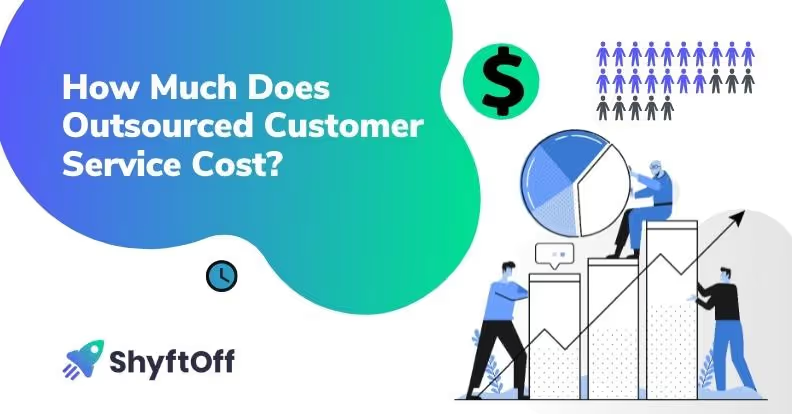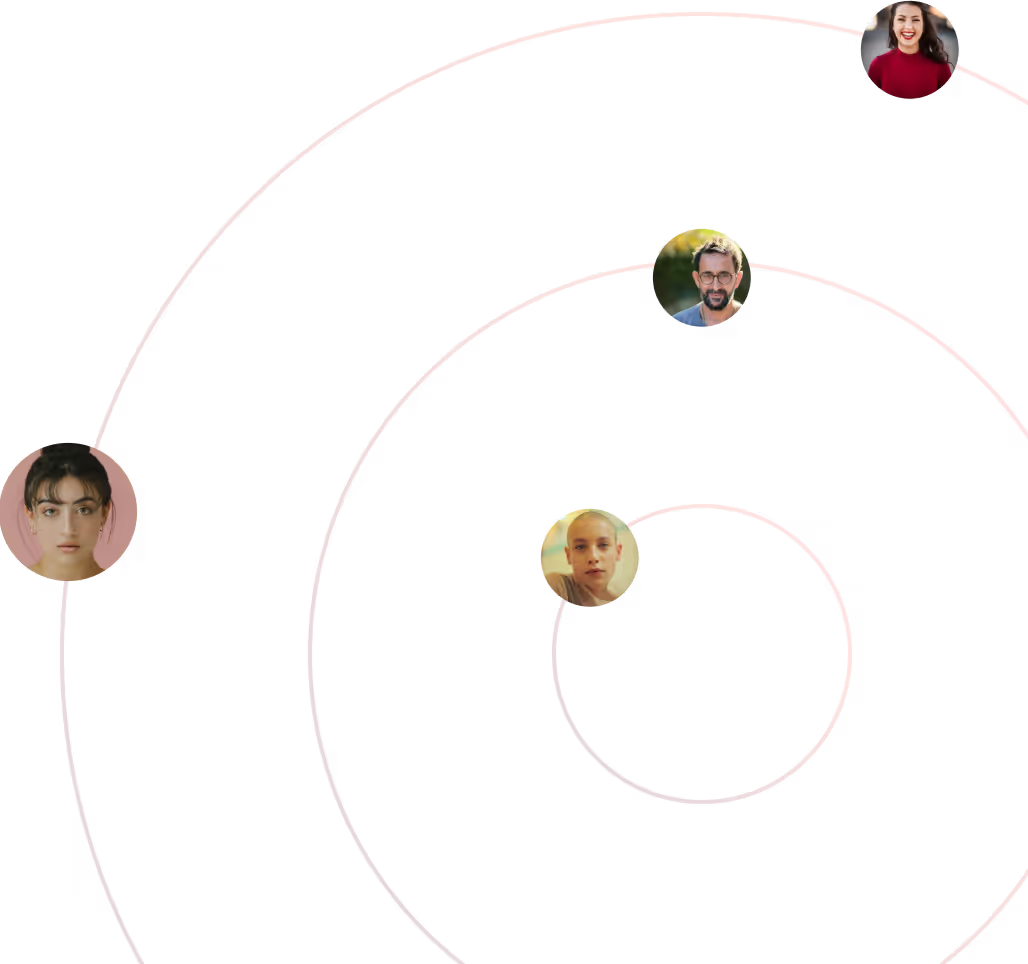In 2018, T-Mobile made a bold move.
After devoting half a decade to reshaping the company through a customer-centric lens — eliminating contracts, roaming fees and more — there was one department left to transform: the contact center.
If you’re too young to remember — or have chosen to forget — the mid-2010s is when the telecom industry was in its interactive voice response (IVR) era.
These poorly designed, automated phone menu hierarchies turned what should have been straightforward interactions into a customer experience nightmare. There was a lot of button-pressing, yelling at bots and hanging up in frustration.
A 2018 survey found that 29% of consumers would rather clean a toilet then deal with an IVR-controlled contact center.
At the time, telecom contact centers had embraced randomized call routing.
Performance was measured one call at a time.
Most centers were focused on shortening call times rather than actually solving customer problems.
All in the name of profit.
But T-Mobile’s leadership had a different vision. One that would ultimately help them become the leader in wireless customer care satisfaction.
By focusing on customer experience and agent satisfaction, T-Mobile tripled its profit in less than a decade.
Here are six actionable strategies you can steal from this telecom giant’s innovative approach to scale your own contact center operations.
Staff Your Contact Center with “Real People, Not Robots”
Rather than embrace IVR, T-Mobile broke the mold by introducing the TEX (“Team of Experts”) customer service model.
While other companies turned to robots and automation, T-Mobile doubled down on building teams of highly skilled agents with the knowledge and tools necessary to help customers solve their issues.
With the TEX model, a dedicated team of 40 to 48 agents serves the same group of customers — 24/7, every time they call or chat from the T-Mobile app.
That means no robots or phone menus — and no contact center runaround.
Allowing customers to connect directly with their dedicated support team bypasses call trees. It also minimizes the risk of frustration since they get the help they need from a human agent right away.
The impact on T-Mobile’s contact center KPIs?
- 26% lower overall cost to serve
- 37% fewer account cancellations
- 21% fewer calls per account
- 37% fewer “apology credits”

Optimize Your Contact Center Like a Small Business
In T-Mobile’s TEX model, each team is basically a business within a business — and each team leader is like a mini-CEO.
Contact center teams handle their own profit and loss (P&L) statements. They’re involved in regular business reviews to make sure they’re aligned with company goals.
There’s also a focus on fostering a sense of ownership among agents. This encourages them to think and plan around long-term goals for customer retention and business growth.
And instead of getting bogged down with things like handle time and schedule adherence, team leaders look at their P&Ls and focus on the business impact of key decisions.
“Are we keeping and growing the customer base?”
“Are we minimizing calls per account?”
“Are we reducing the cost to serve?”
“I have no doubt that any of my team members could leave tomorrow and open their own business — and be really successful at it.” - T-Mobile customer service team leader
Empower Agents to Deliver Personalized Support
The TEX model uses forward-thinking strategies to ensure the best customer service possible.
Every agent receives training on billing, sales and standard technical support inquiries. This empowers them to feel more confident handling a wide range of issues and reduces the need for transfers.
Agents are encouraged to rely on their own experience and problem-solving skills, not strict scripts or guidelines.
We all know how frustrating it can be to call customer support only to be met with robotic, scripted responses that don’t actually answer our questions or solve our issues.
T-Mobile agents are encouraged to take the time they need to fully resolve customer issues — resulting in a 45% increase in average handle time.
While most contact centers may see this increase as a bad KPI, T-Mobile knows the extra time is necessary to help agents deeply understand the issues and anticipate future customer needs.
This strategy focuses less on profit and more on customer satisfaction and agent empowerment.
And it works.
Since 2016, customer retention has hit record levels. Agent attrition has been cut nearly in half. In 2019 alone, T-Mobile received 28 “best place to work” awards.
Encourage Collaboration and Innovation Through Teamwork
T-Mobile’s approach to contact center optimization is customer, team and agent-centric.
“At the end of the day, we succeed or fail as a team.” - T-Mobile senior account expert
A shift from individual workspaces to open collaboration via virtual dashboards means agents can more easily solve issues with the help of teammates. This helps reduce agent stress levels and attrition.
Performance evaluations in the TEX model are based on both individual and team metrics. This helps foster collaboration rather than competition. It also contributes to a supportive environment.
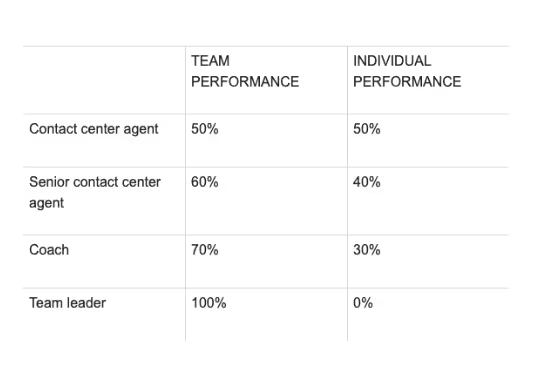
Keep Merged and Remote Teams Connected
In 2020 — during the global pandemic and a major organizational transformation — T-Mobile entered into a $26B merger with Sprint.
The company had to onboard 73,000 Sprint employees and bring them into the fold by finding ways to support communication and break down information silos.
The customer support team moved more than 12,000 agents to virtual workspaces. Today, the majority of contact center agents are remote. They use tools like Slack and virtual command centers to foster real-time communication.
Improve Customer Service with Local Connections
Another unique aspect of T-Mobile’s model is the focus on local connections.
Even though teams are remote, they serve specific local communities. With real-time information about local events and issues, they anticipate customer needs and deliver hyper-personalized solutions.
TL;DR — Key Takeaways From T-Mobile’s Approach to Contact Center Optimization
Prioritize Customer and Agent Satisfaction
When it comes to growing its customer base and improving profitability, T-Mobile doesn’t care so much about metrics like abandon rate or calls answered per hour.
Instead, they’re focused on creating the best experience for the customers who need help — and the agents who serve them.
And it goes to show that this can have the biggest impact on a company’s KPIs and ROI.
Focusing on providing the best customer support —instead of relying on automation and robots — helped T-Mobile more than triple its revenue in the last decade.

Embrace and Support Remote Agents
Undoubtedly, embracing remote work can save companies a lot of money. But remote agents and teams come with other benefits, too.
Most workers want remote work options. That means the companies that offer them can attract the top talent.
Allowing agents to work remotely makes them happier and healthier.
And we all know happy, passionate and engaged agents provide the best customer service.
Empower Agents with Robust Training
Early on, T-Mobile saw the value in providing agents with training that helped them feel confident and prepared to handle most customer support issues.
Adequate support and training help agents provide top-notch customer service — and make them less likely to jump to a competitor.
How Can ShyftOff Help You Optimize Your Contact Center?
T-Mobile’s leadership knows that the better you treat your agents, the better they treat your customers.
Here at ShyftOff, we couldn’t agree more. That’s why we trust our agents to work remotely. We give them the flexible schedules and autonomy they need to be happy, passionate and engaged.
We use AI-powered matching to ensure agents are well-suited to their tasks. And we provide robust training to boost expertise and confidence.
Our U.S.-based agents are experienced and ready to help you meet — and exceed — your KPIs.
So you can focus on other things, like increasing brand awareness and revenue.
Are you ready to scale quickly — for less?
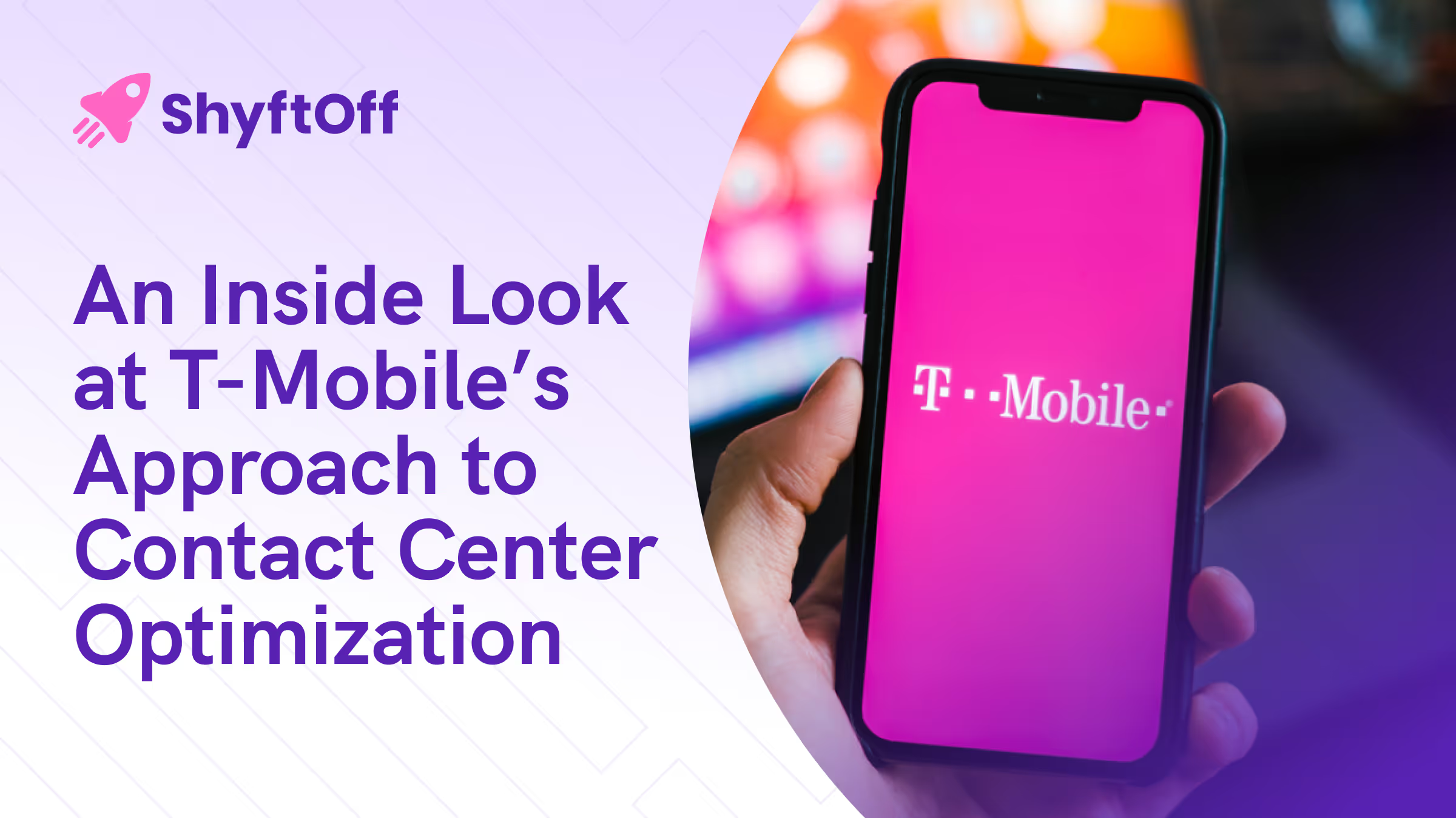





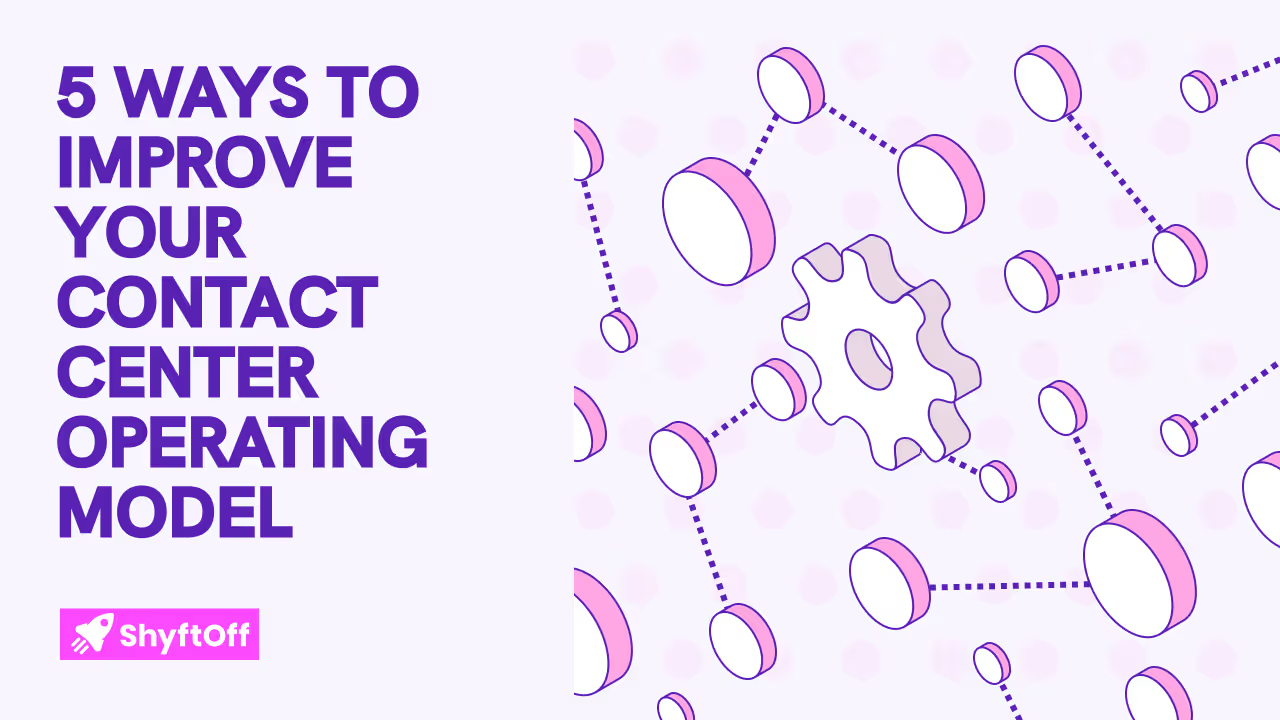
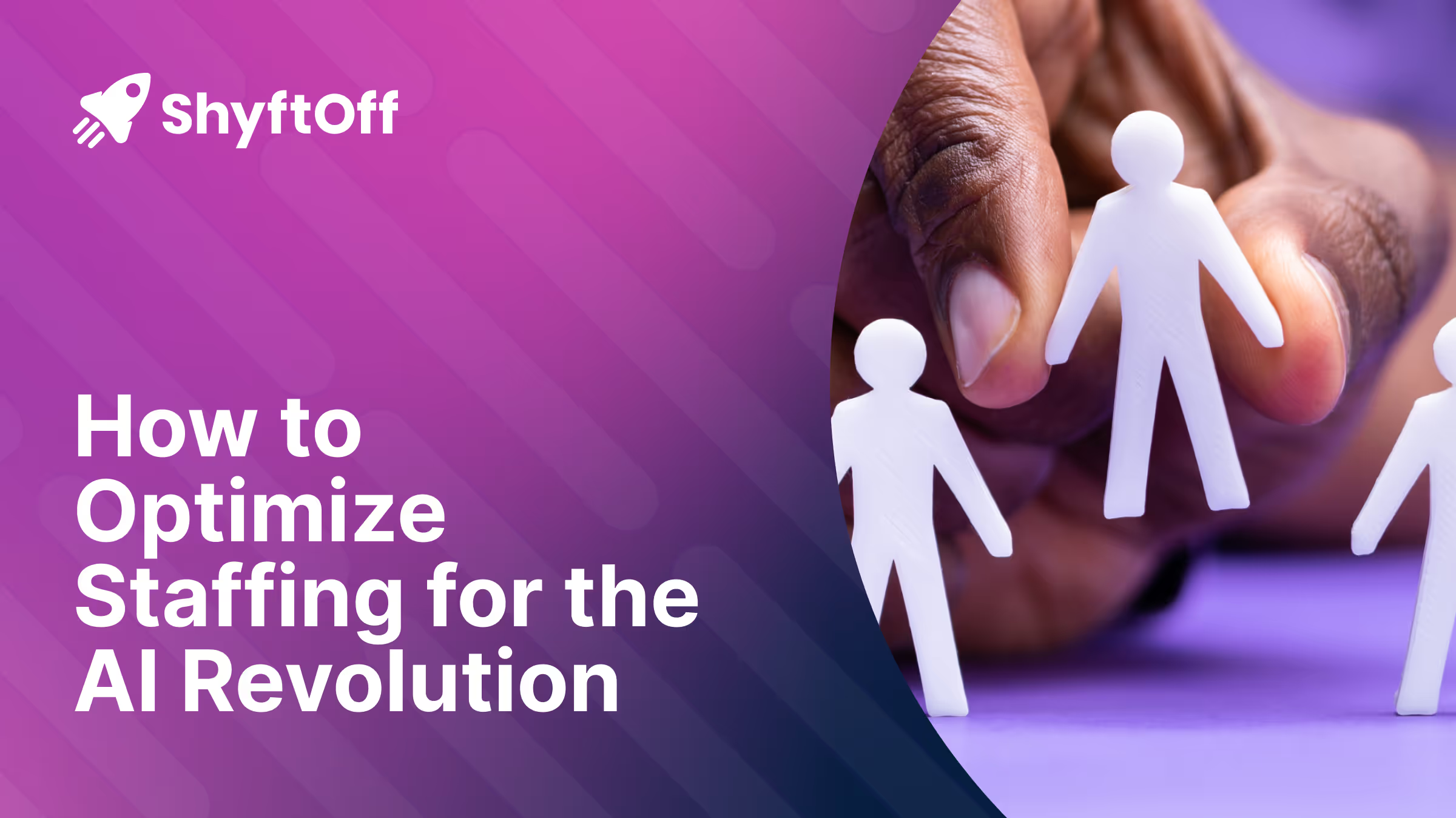
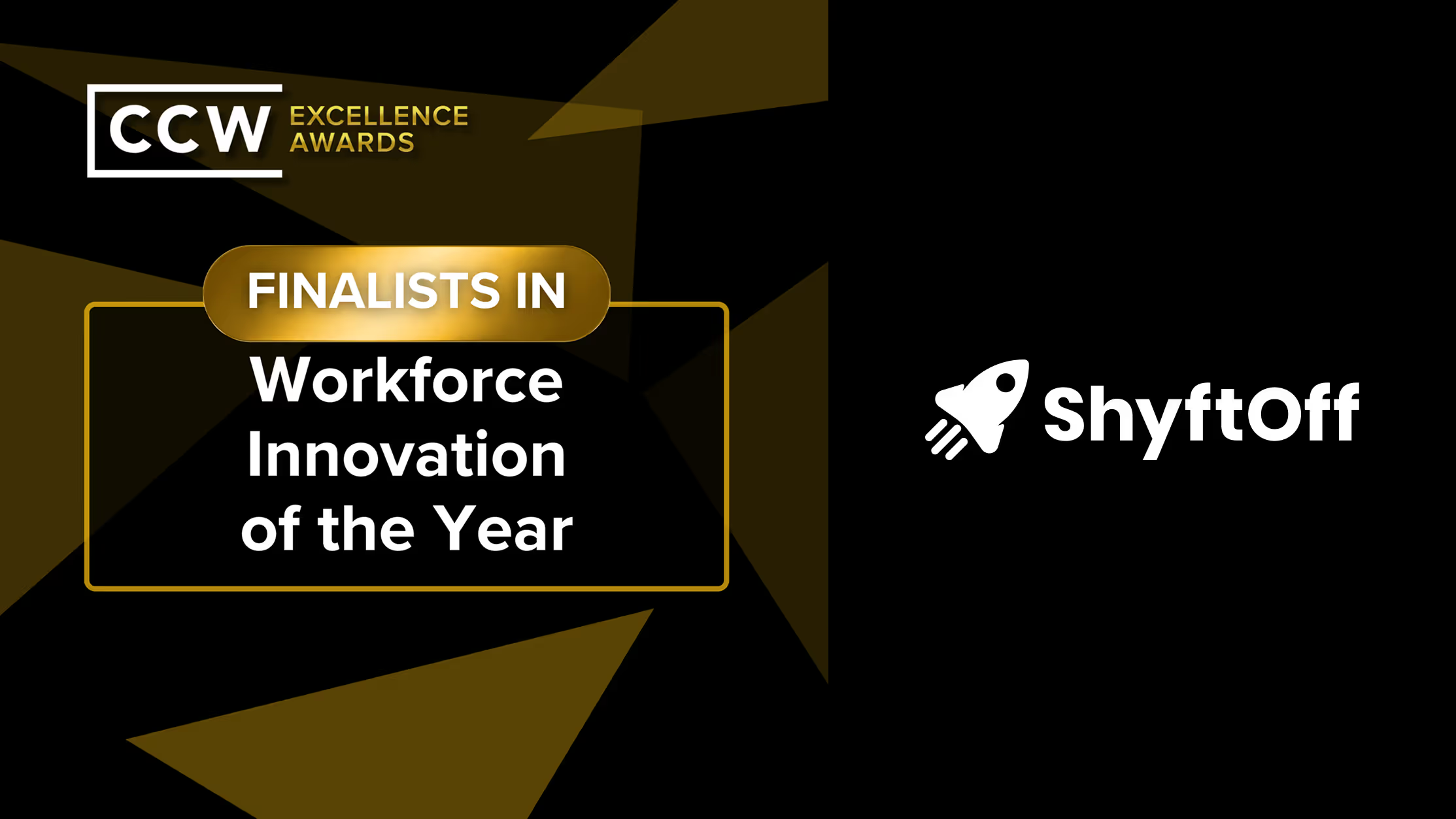



%2520(1)%2520(1).avif)
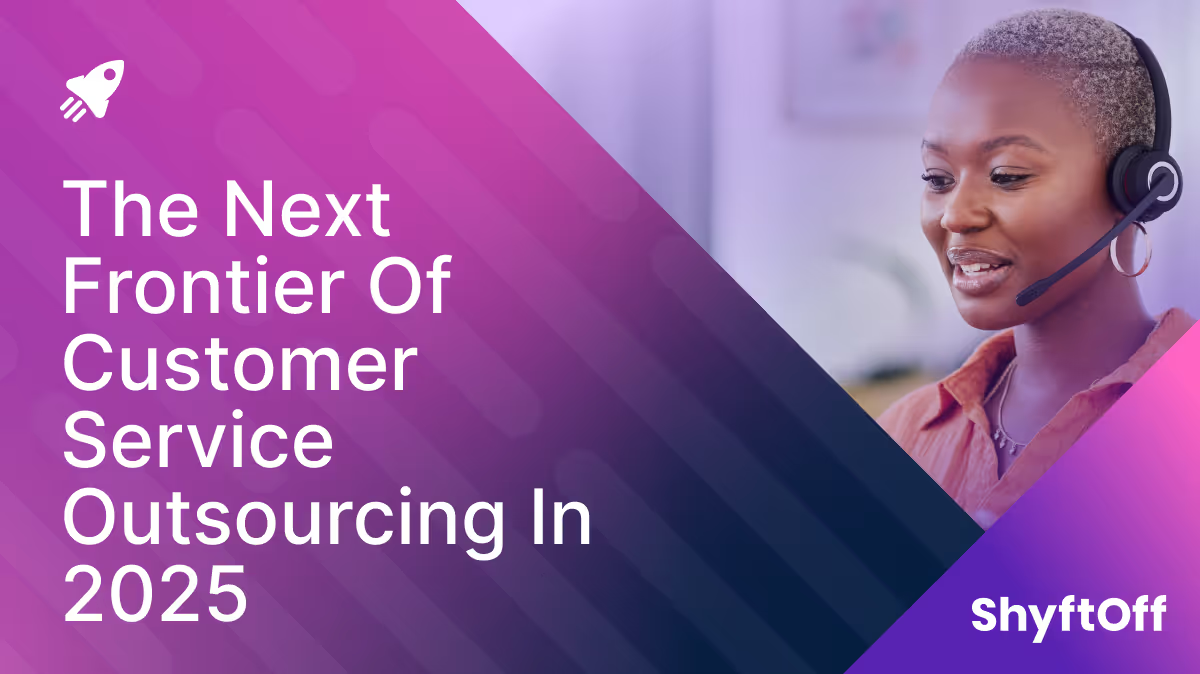




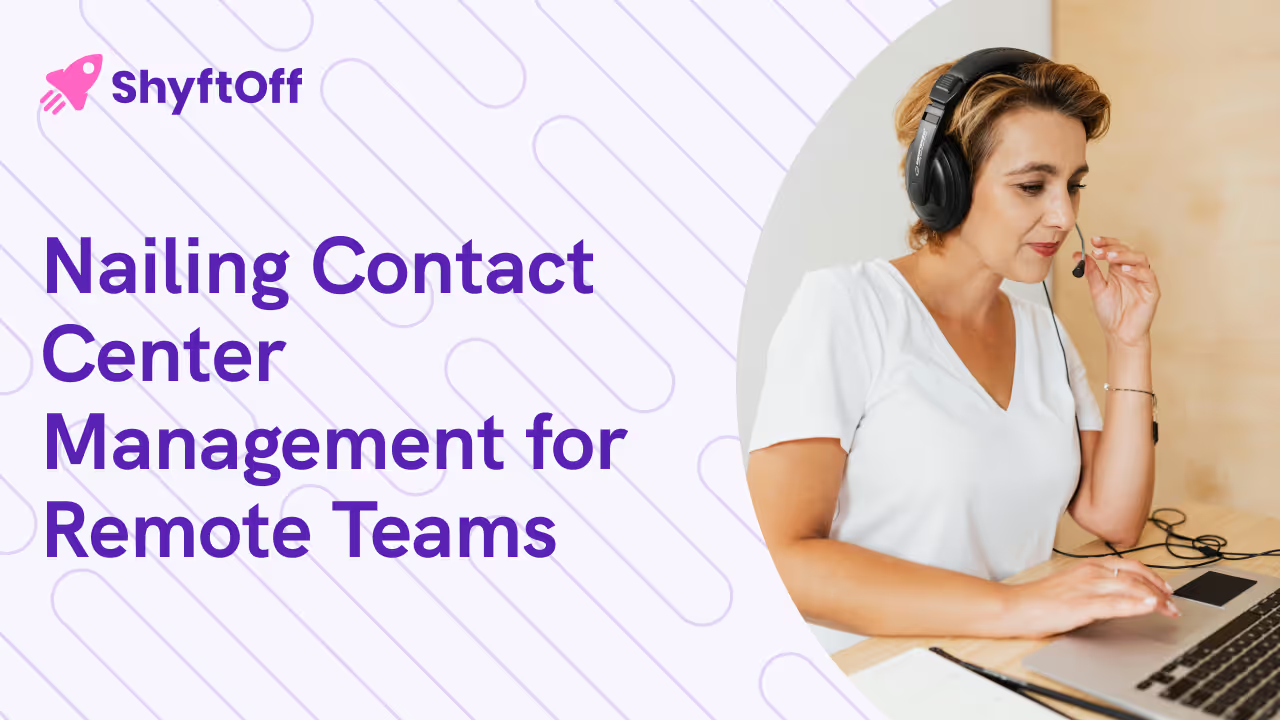

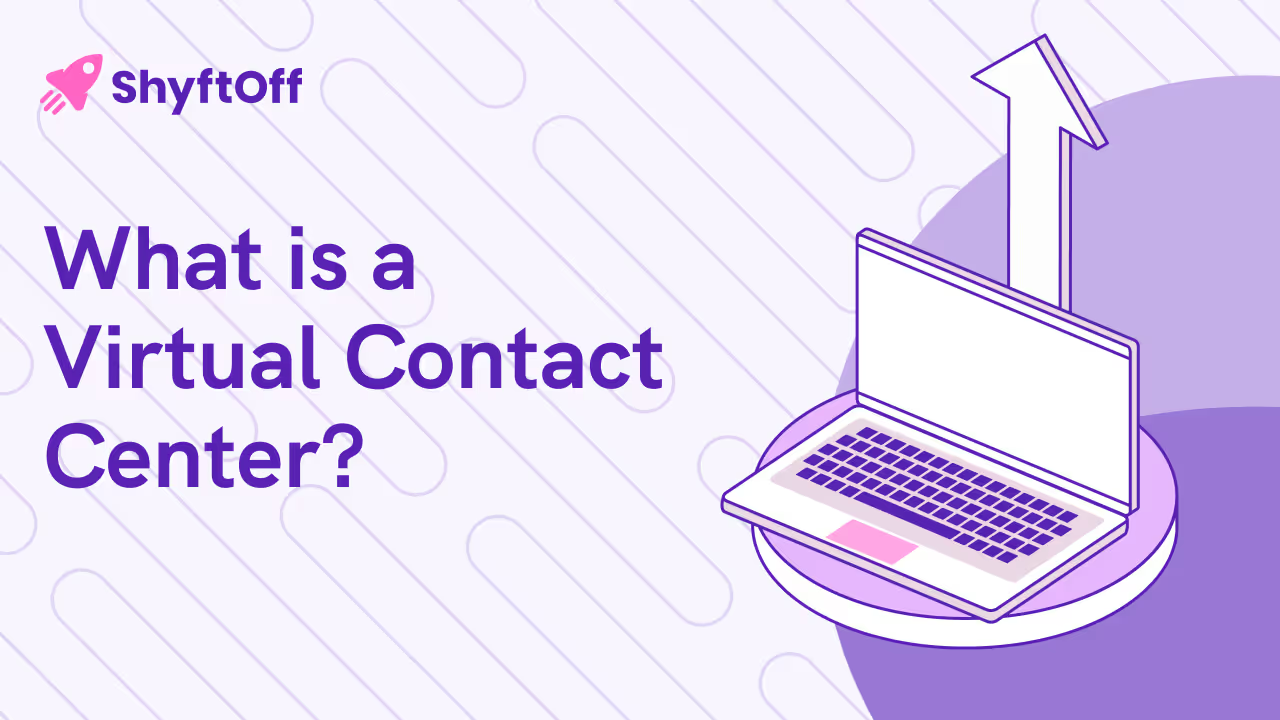
.avif)
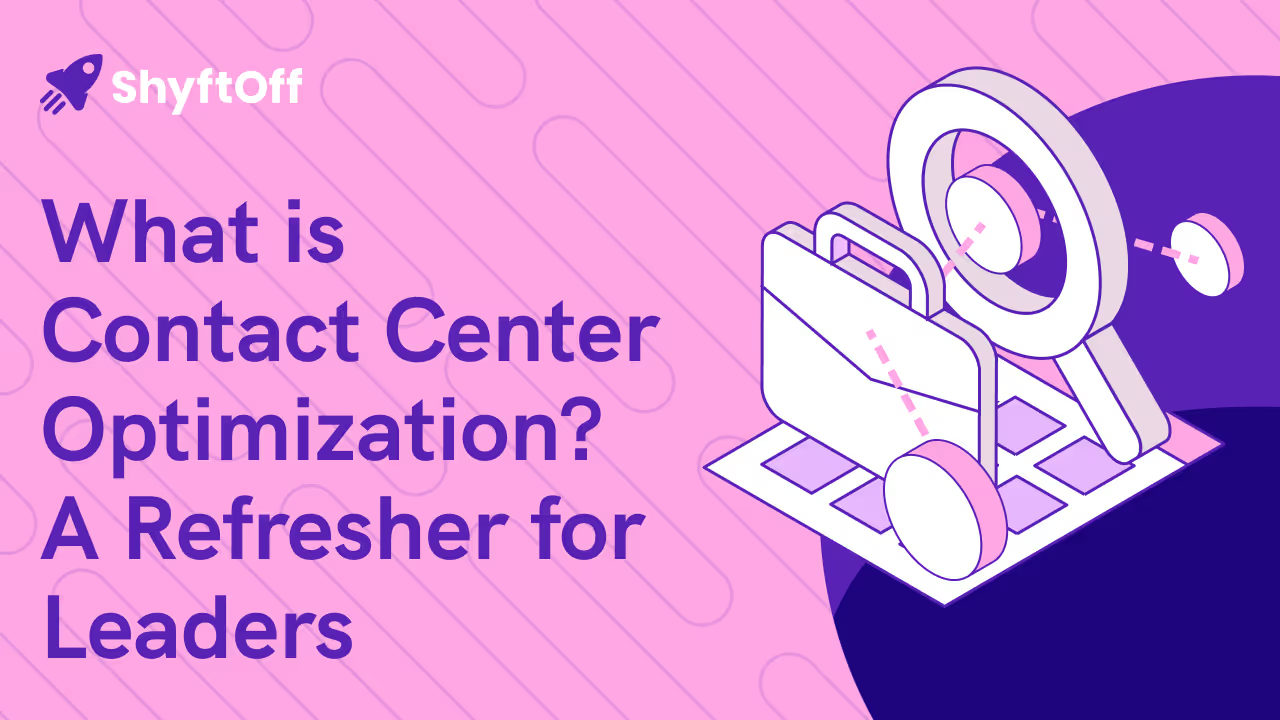

.avif)




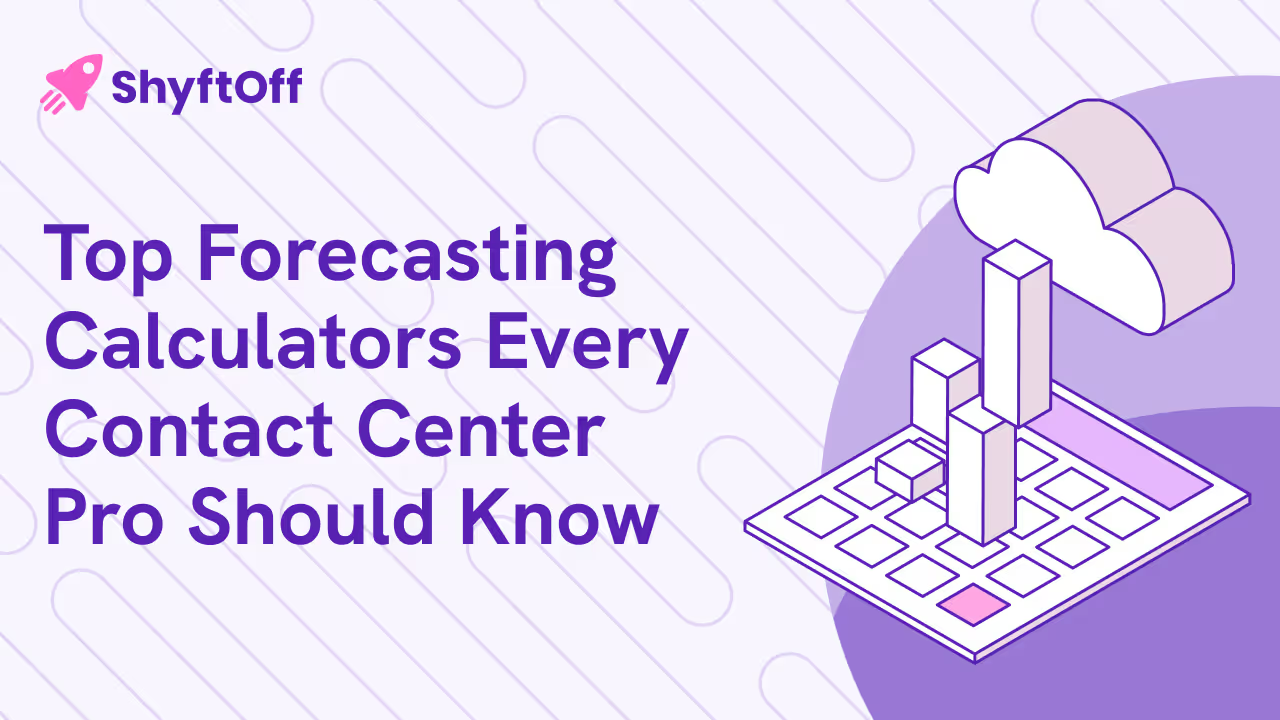
.avif)




.avif)


.avif)



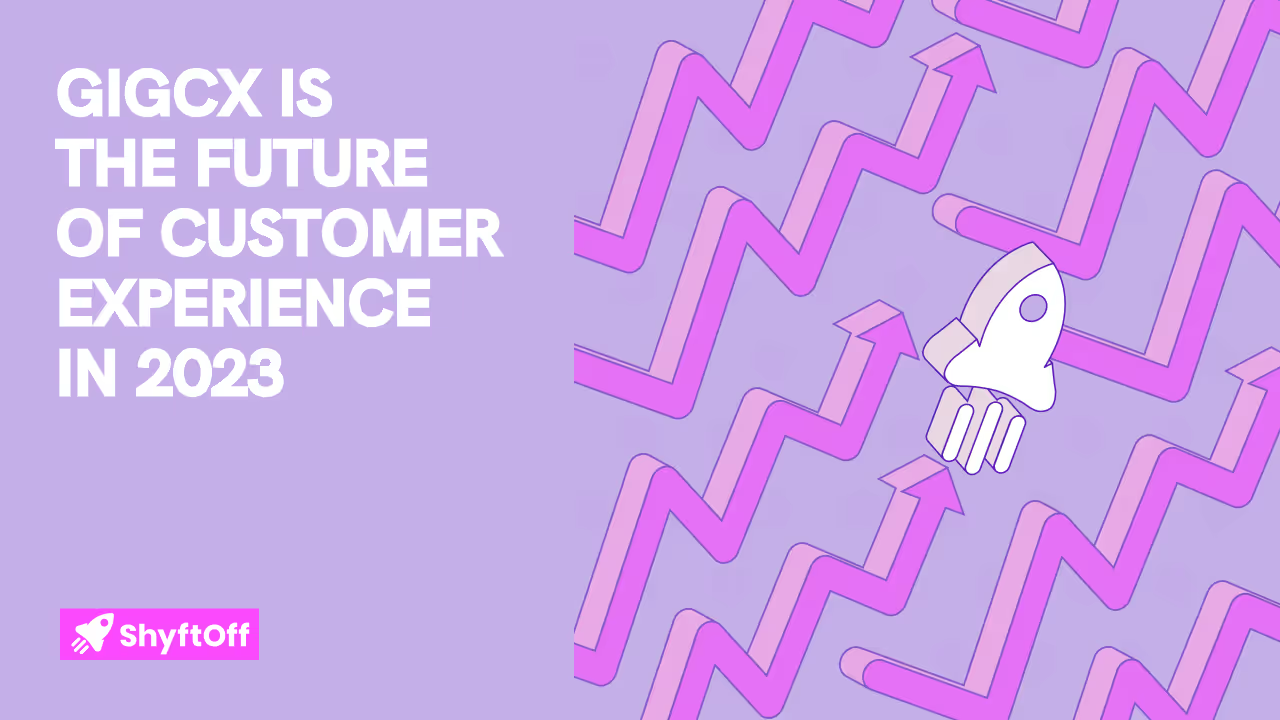
%2520(2).avif)



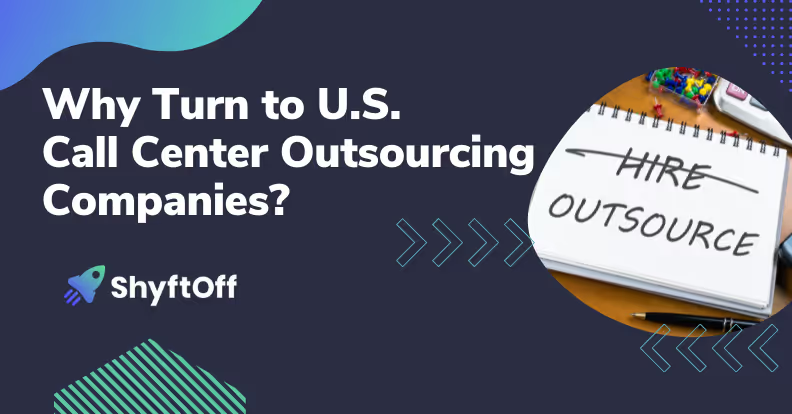




.avif)

